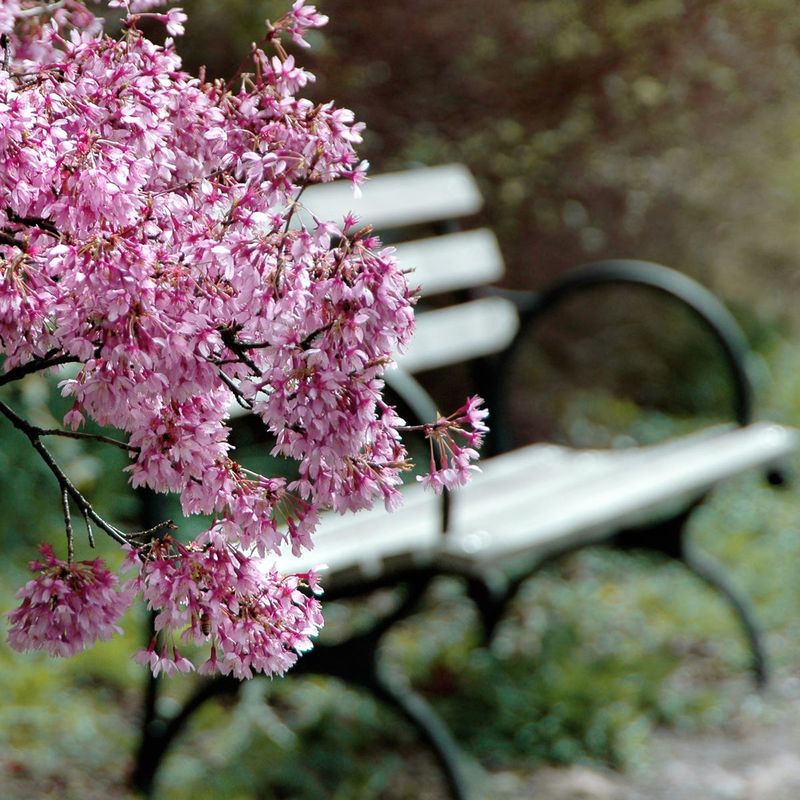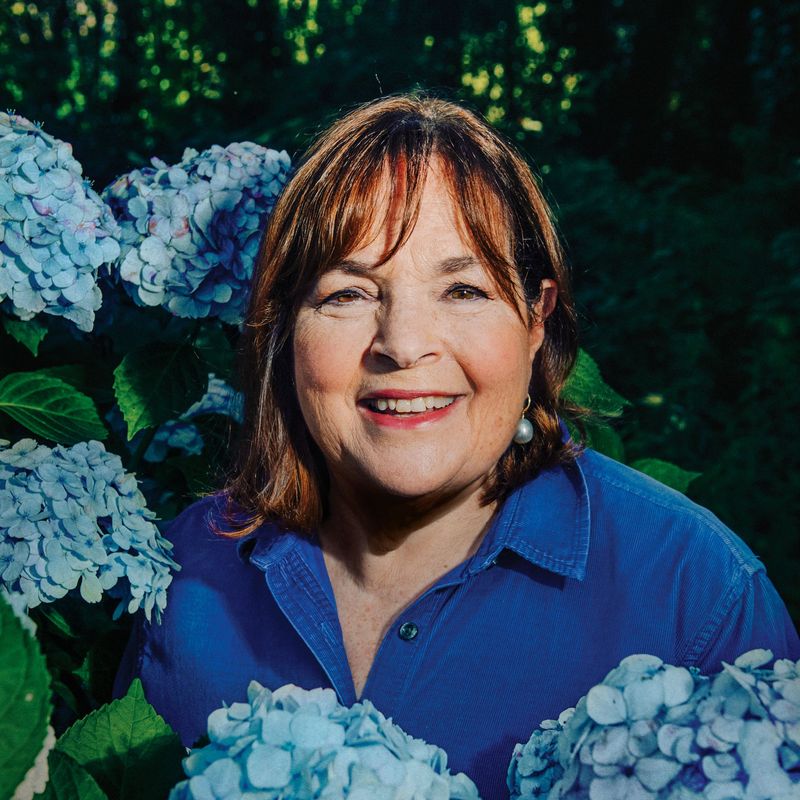Navigating Grief And New Love: 16 Ways To Know When It’s Time To Move Forward
Embarking on a journey from grief to new love requires deep introspection and emotional resilience. It’s about recognizing when your heart is ready, not pressured, to embrace new connections.
This guide presents 16 ways to assess your readiness for love after loss, offering a compassionate approach to healing and growth.
1. It’s Not About Forgetting—It’s About Letting Yourself Feel Again

The heart’s capacity to love anew doesn’t erase past memories. Allowing yourself to feel again is an acknowledgment that both joy and sorrow coexist. This journey isn’t about replacing or forgetting; it’s about embracing life’s full spectrum.
Every emotion, whether tender or tumultuous, becomes a step toward healing. As feelings of warmth and connection start to surface, they signal a readiness to move forward, grounded in the strength of past experiences. The gentle lift of a new dawn reminds you that it’s okay to open up.
When such acknowledgment resonates deeply, it’s an invitation to explore the richness of life beyond grief, welcoming love as a companion, not a substitute.
2. You feel open to connection without guilt

Guilt often follows the footsteps of grief, shadowing new connections. Yet, finding yourself open to relationships without guilt highlights a significant shift. This feeling signifies respect for your past while acknowledging the potential for happiness.
The gentle smile of a new acquaintance or the familiar comfort of a friend can reignite the spark of genuine connection. It’s a moment where you honor previous bonds by allowing yourself to build new ones, guilt-free. Such openness allows for a fresh chapter, where love is a celebration, not a betrayal.
This shift confirms that embracing love anew is a tribute to the life once shared and the life yet to be discovered.
3. Their memory brings peace—not only pain

Memories that bring peace are like gentle whispers from the past. When reflections on a lost loved one evoke smiles rather than tears, it signals healing. The past becomes a foundation for future joy, not a prison of sorrow.
Sitting quietly in a garden, surrounded by nature’s tranquility, you might find comfort in cherished memories. These moments serve as reminders that love transcends time and space. They offer solace and encouragement for new chapters.
Such peace fosters gratitude for shared experiences and opens the heart to new possibilities, creating a harmonious bridge between what was and what can be.
4. You’re curious about someone new, not comparing

Curiosity blossoms when the heart is ready to explore new horizons. Discovering intrigue in another’s life, without the shadow of comparison, is a sure sign of healing. It reflects a genuine interest in their stories, uncolored by past relationships.
This newfound curiosity breathes life into conversations, making them vibrant and engaging. Each exchange is a step towards understanding and connection, where the excitement of learning about someone new takes precedence.
Such moments are a testament to growth, showing that the heart can find joy in the present without being tethered to what was. Embrace these connections for what they are, fresh and full of promise.
5. You can talk about your past without getting stuck there

Discussing past experiences with ease and grace reflects emotional progress. It’s the ability to share stories without being ensnared by them, to speak of loved ones with fondness rather than lingering sorrow.
Around the warmth of a campfire, these stories become bridges to the present, not chains to the past. Each tale shared is a testament to resilience, marking a journey from grief to acceptance.
When narratives flow freely, they affirm that the past has shaped you, not defined you. Such balance allows new connections to flourish, grounded in authenticity and hope.
6. You no longer feel the need to “stay loyal to loss”

Letting go of the compulsion to remain loyal to loss is a profound release. It’s the realization that moving forward doesn’t mean letting go of love; it means honoring it differently. This shift liberates the heart, allowing for personal growth and new connections.
Imagine a calm lake, reflecting the sky as it embraces each new day with clarity. This vision mirrors the acceptance and peace found when one releases the need to cling to sorrow. It’s about transforming loyalty from a chain to a bridge.
Such clarity invites new beginnings, where love is not confined by grief but expanded by it, blending past affection with future hope.
7. You want to share—not replace

The desire to share memories rather than replace them denotes readiness for new experiences. It’s about cherishing past moments while weaving them into new narratives. This balance allows for growth without dismissing the past.
Sharing laughter over photos with a friend at a dining table encapsulates this beautifully. It’s a moment where stories are celebrated, not overshadowed, fostering connection through shared experiences.
This desire to share signifies a heart open to new possibilities, where love becomes a continuum. It’s a tribute to the past and a hopeful glance toward the future, blending them into a vibrant tapestry of life.
8. Loneliness feels different than grief

Recognizing that loneliness and grief are not synonymous marks a significant emotional development. Loneliness hints at a desire for connection, whereas grief is rooted in loss. Understanding this distinction helps in navigating new relationships.
By a window with a book in hand, one might find solace in solitude, feeling contemplative yet open to change. This awareness fosters a readiness to embrace new bonds, as loneliness becomes a motivator rather than a burden.
This differentiation highlights growth, showing that while grief may linger, it doesn’t define your need for companionship. It’s a step toward opening up to new possibilities, where loneliness becomes a guide, not a wall.
9. You feel more present in your own life

Being present in your own life signals a significant shift towards healing. It’s about engaging fully in activities that bring joy and fulfillment, free from the shadows of past grief. This presence marks a readiness to embrace life as it unfolds.
Whether painting a canvas or tending a garden, these moments of absorption reflect a newfound appreciation for the present. They symbolize a commitment to living fully, investing in the now rather than the then.
This engagement is a testament to resilience, showing that life’s canvas is ready to be painted anew. It’s an invitation to explore and create, grounded in the present and hopeful for the future.
10. You’ve created space emotionally—not by force, but by healing

Creating emotional space naturally, through healing, rather than force, is a profound achievement. It’s about allowing feelings to settle and finding peace within. This space isn’t emptiness but a clearing for new experiences.
Imagine a room filled with warm sunlight and inviting furniture, symbolizing a heart ready to welcome new emotions. This openness is born from acceptance and healing, not from the pressure to move on.
Such a space invites growth and connection, offering room for love to flourish anew. It’s about embracing life’s possibilities with a heart unburdened, nurturing hope and warmth for future journeys.
11. You stop explaining your grief to be understood

Letting go of the need to constantly explain grief signifies acceptance and self-assurance. It’s the understanding that not everyone will grasp the nuances of your journey, and that’s okay.
Strolling through a park, relaxed in your own company, embodies this newfound confidence. It’s a moment where peace comes from within, no longer seeking external validation or understanding.
This acceptance marks growth, allowing relationships to flourish based on mutual respect, rather than the need for explanation. It’s a step towards inner harmony, opening the way for new connections built on shared moments, not shared sorrow.
12. You want partnership again—not to fix anything, but to grow

Desiring companionship for growth, not as a means to fix past wounds, is a pivotal moment in healing. It’s about seeking partnerships that nurture and inspire, where both individuals thrive.
Hiking together on a serene trail, the connection becomes a journey of mutual growth. This partnership flourishes on shared experiences and dreams, rather than past shadows.
This desire for partnership reflects an open heart, ready to embrace love’s possibilities. It’s a commitment to build something beautiful and resilient, grounded in hope and potential.
13. You trust your judgment more than your fear

Trusting your judgment over fear is an empowering shift. It’s the courage to make choices based on intuition and wisdom, not past anxieties. This trust marks a readiness to embrace life’s adventures.
Standing on a cliff edge, gazing over a vast landscape, symbolizes this newfound confidence. It reflects the strength to take leaps, guided by trust and self-awareness.
This trust in judgment is a beacon of resilience, inviting opportunities and adventures. It’s a testament to growth, where fear becomes a stepping stone rather than an obstacle.
14. You’re willing to be vulnerable again

Embracing vulnerability is a sign of healing and courage. It’s the willingness to open your heart, even with the risk of hurt. This openness invites authentic connections and growth.
In a heartfelt exchange with a friend, trust lights up the eyes, signaling a readiness to be seen and understood. This vulnerability fosters deep bonds, where love thrives.
Being vulnerable reflects strength, turning past wounds into wisdom. It’s a journey towards connection, where the heart is both open and resilient, eager to experience love in its most genuine form.
15. You’ve stopped measuring happiness by how much you’ve “moved on”

Finding happiness beyond the confines of ‘moving on’ signifies true acceptance. It’s the realization that joy is not a measure of distance from grief but an embrace of life’s beauty.
A sunset on a peaceful beach embodies this contentment, where happiness isn’t quantified but felt. It’s about appreciating the present moment, free from the pressure to ‘move on.’
This understanding nurtures a heart ready for new experiences, where happiness becomes a journey, not a destination. It’s a celebration of life’s ebb and flow, inviting peace and potential.
16. You can see a future without erasing the past

Envisioning a future while honoring the past is a harmonious balance. It’s about creating a life that acknowledges history without being bound by it. This vision embraces continuity and growth.
Painting a landscape with layers of previous works visible, invites a narrative where past and present coexist beautifully. It’s a testament to resilience, crafting a future enriched by past experiences.
This ability to see beyond yet remain connected reflects a heart prepared for new chapters. It’s about weaving a tapestry of life that celebrates both past love and future possibilities, vibrant and full of promise.






